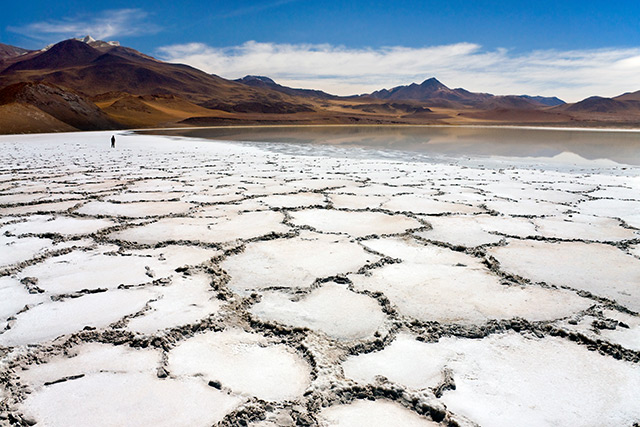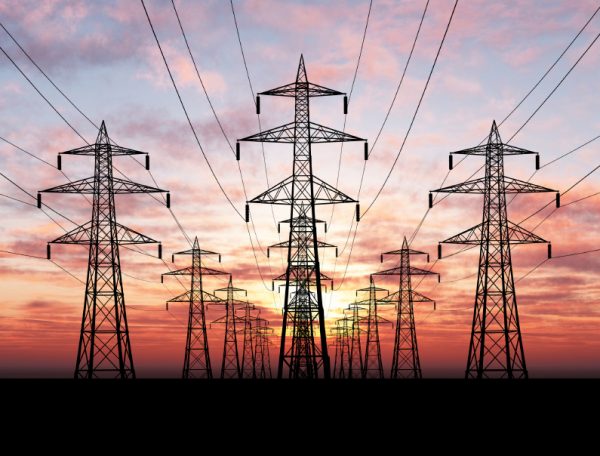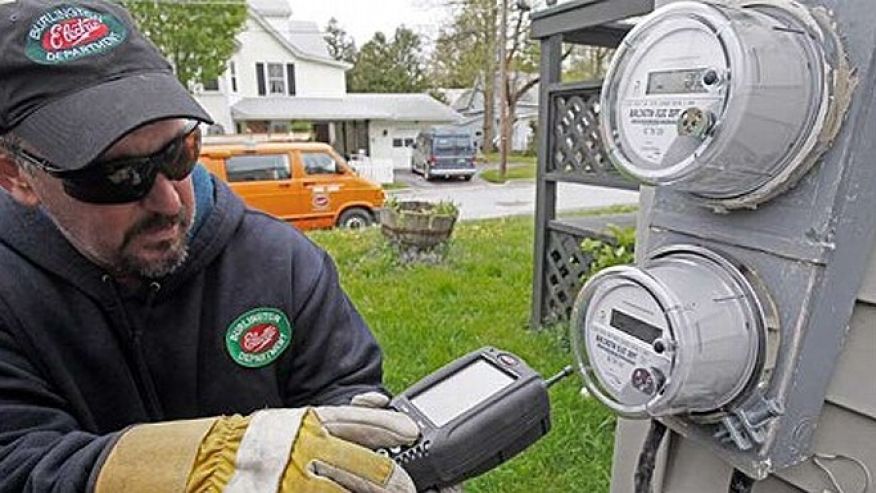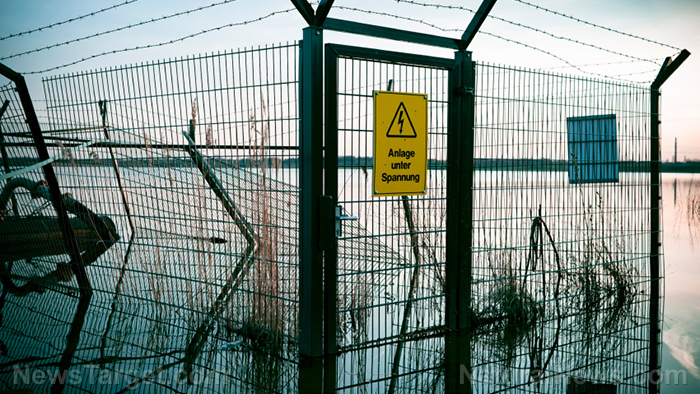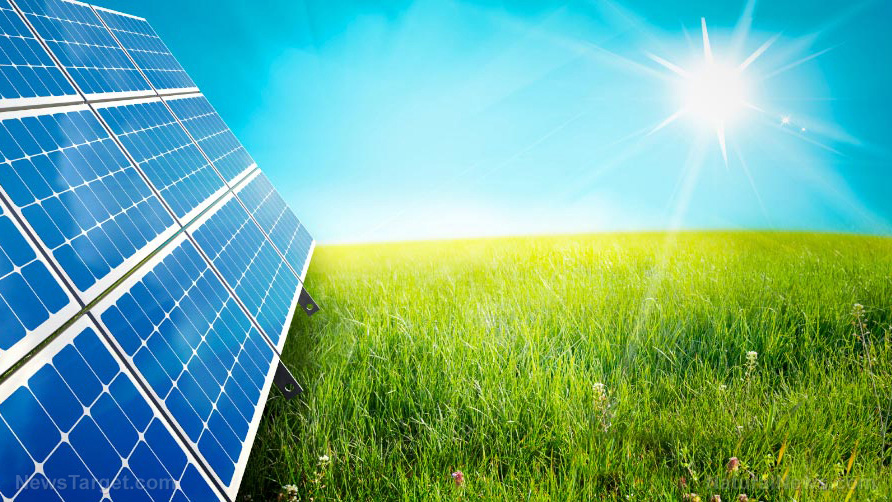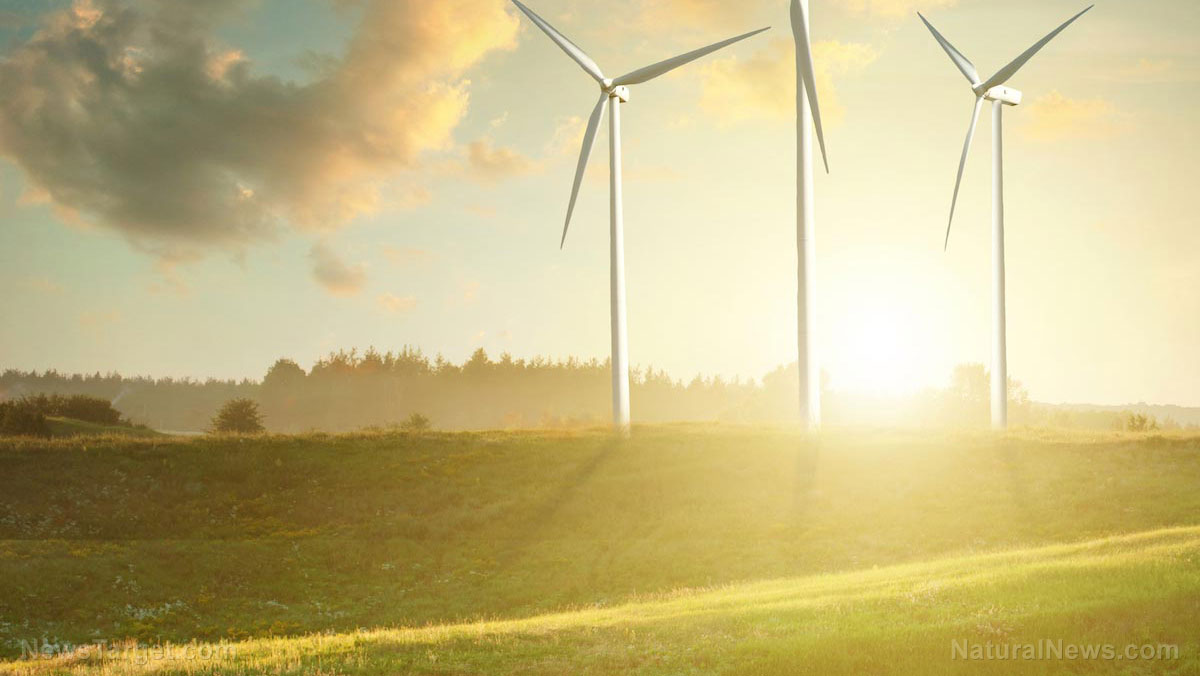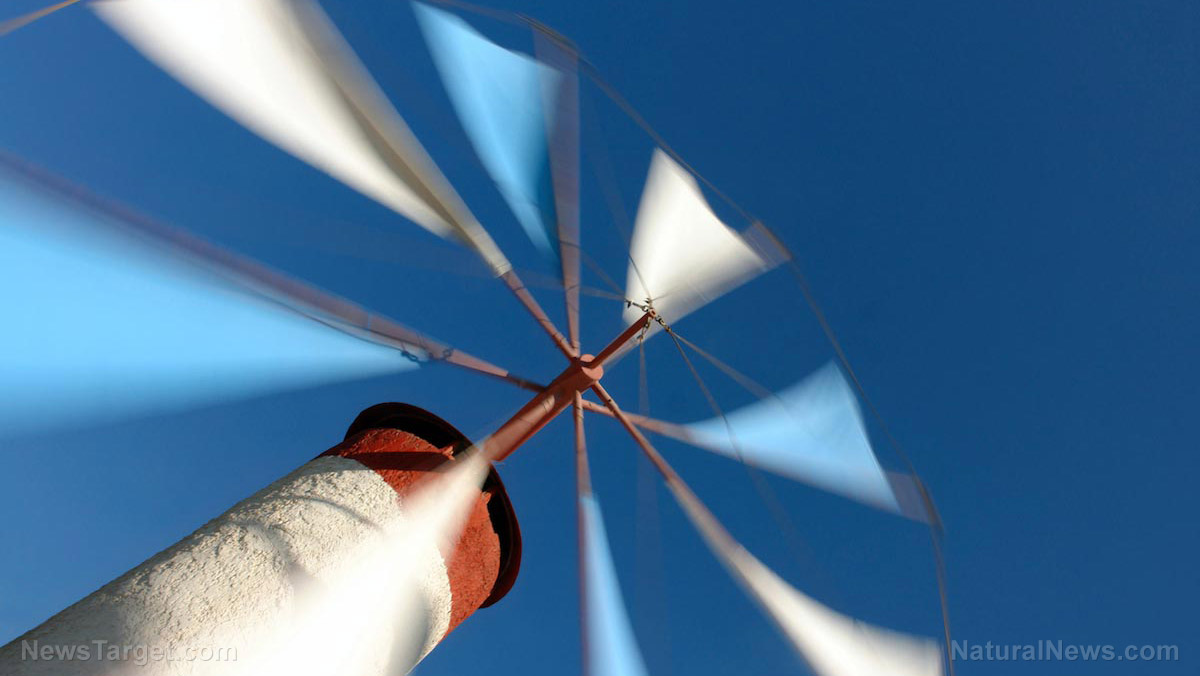Offshore wind farms found to be vulnerable to… yep… WINDS
06/10/2017 / By Isabelle Z.
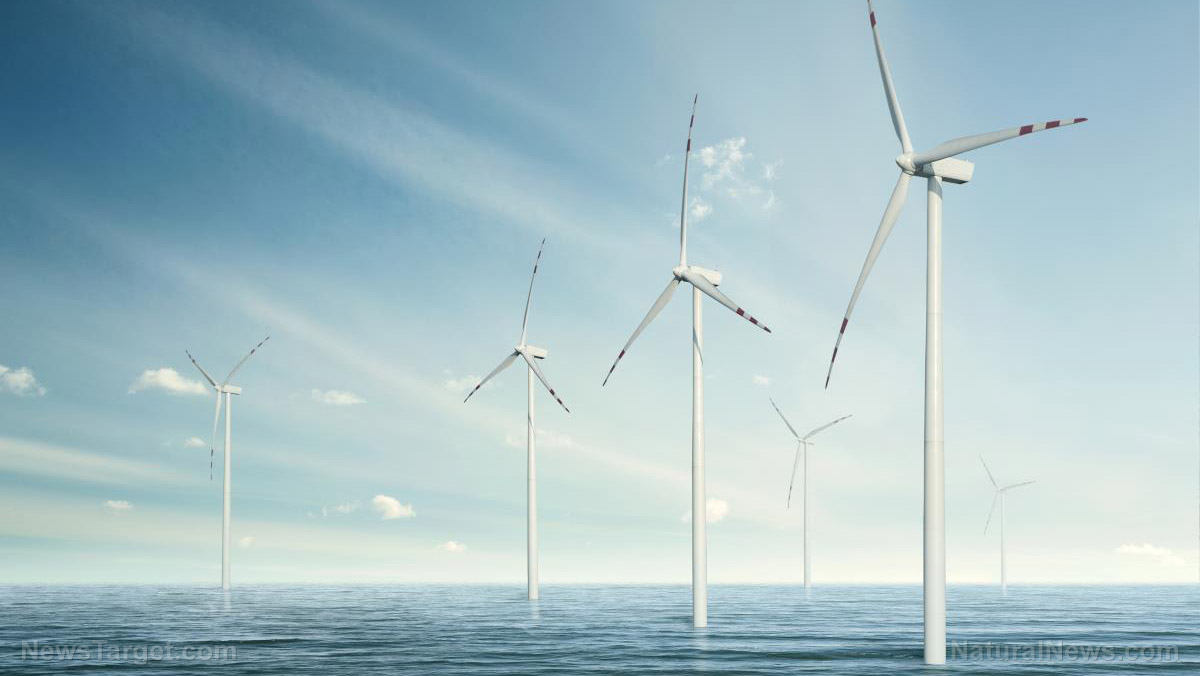
Strong winds are great news for wind farms, but even these powerful turbines have their limits. Although offshore wind turbines are getting bigger and stronger, they also face some conditions that their land-based counterparts do not have to contend with. As offshore wind energy development continues to gain popularity, researchers are taking a closer look at the limitations of turbine design. In particular, the time has come to consider the repercussions of hurricanes on these turbines as wind farms start popping up on the Atlantic Coast of the U.S.
A recent study led by the University of Colorado Boulder revealed that offshore wind turbines that are built to meet today’s standards are not equipped to withstand a Category 5 hurricane, which is marked by wind speeds of as much as 90 meters per second; the threshold in the current standards is 50 meters per second. Moreover, the winds can change direction by up to 55 degrees between the hub and rotor of a wind turbine in such a hurricane, placing tremendous stress of the blades.
Large-eddy simulations were used to create a strong hurricane using a computer to reach this conclusion. The International Electrotechnical Commission, which is responsible for setting turbine design standards, has not set any specific guidelines pertaining to hurricane-force winds.
This information is tremendously useful for ensuring that such projects are successful, whether it leads to new turbine designs that can withstand extreme conditions or it helps stakeholders plan for costs in the event of a disaster and make decisions about insurance coverage. The findings were published in the Geophysical Research Letters journal.
Next, the researchers plan to assess how often such winds would likely impact an Atlantic coast offshore wind farm during the 30-year lifespan of typical wind farms. This couldn’t come at a better time as wind turbine projects are either underway or in the planning stages for nearly every coastal Atlantic state from Maine down to the Carolinas. The first utility-scale offshore wind farm in the U.S. started commercial operation last December off the coast of Rhode Island.
Offshore wind farms setting records overseas
A new renewable energy record was recently set across Europe thanks to a period of high winds. In the U.K., which is home to the world’s biggest and most powerful wind turbines, more electricity was generated at one point from wind, solar and nuclear power than gas and coal combined for the very first time. On June 6, 2.7 percent of the power in the EU was supplied by offshore wind farms, with countries like Germany, Belgium and Denmark committing to increasing the global offshore wind capacity five-fold in the next decade.
Last month, Maryland regulators gave the go-ahead for America’s biggest offshore wind project, which will consist of 62 turbines with a total capacity of 248 megawatts. It is expected to be in operation by early 2020.
Offshore turbines tend to be bigger than their land-based counterparts because bigger molded components for their construction, like blades, can be transported via freighter without the size limitations of transport by truck or rail. Having a smaller number of bigger turbines with higher capacity is ideal because it saves money on maintenance and foundations, but it’s crucial that these enormous turbines can stand up to the types of storms they are likely to encounter on the Atlantic coast.
Sources include:
Tagged Under: Hurricanes, wind farms, Wind Turbines





